Need to know what happened in crypto this week? Here is the latest news on weekly trends and events impacting Bitcoin, blockchain, DeFi, NFTs, Web3 and crypto regulation.
Bitcoin historically hits one billion transactions since going live. Collapsed crypto exchange FTX plans to pay back its creditors over 100% of their claims, with the plan still awaiting approval by court.
Meanwhile, Robinhood is facing a threat of being the next exchange to go down by US SEC hands and the ETH market faces wild volatility as Grayscale withdraws its proposal for an Ethereum Futures ETF.
Bitcoin Reaches One Billion Transactions Milestone
Bitcoin, the world’s first and largest cryptocurrency, achieved a significant milestone on May 5th, 2024, its 5,603rd day of existence.
The Bitcoin network processed its one billionth transaction, marking a momentous occasion for the pioneering blockchain technology 15 years after its creation by the pseudonymous Satoshi Nakamoto.
The one billionth transaction was processed in block 842,241 at 9:34 pm UTC, according to Clark Moody’s Bitcoin dashboard. Over its lifespan, the Bitcoin network has maintained an average of 178,475 daily transactions, demonstrating its resilience and widespread adoption.
While Bitcoin has reached this milestone, it’s worth noting that its closest rival, Ethereum, has processed well over two billion transactions since its launch in July 2015, according to Etherscan data.
Lightning Network’s Contribution
The Lightning Network, a second-layer scaling solution for Bitcoin, has played a significant role in facilitating faster and cheaper transactions.
Data from the Bitcoin-only exchange River revealed that the Lightning Network processed a lower-bound estimate of 6.6 million transactions in August 2023 alone.
This suggests that hundreds of millions of transactions have been facilitated on the Lightning Network since its launch in January 2018, further increasing Bitcoin’s transaction throughput.
Surges and Dips in Daily Transactions
Bitcoin’s daily transaction count experienced a surge around the network’s fourth halving event on April 20, 2024, with a record high of 926,000 transactions processed on April 23.
This spike in demand was primarily driven by the launch of the Runes protocol at block 840,000. However, the daily transaction count has since cooled off to 660,260 on May 4, 2024.
A Milestone for Blockchain Technology
The processing of one billion transactions on the Bitcoin network is a significant achievement for the pioneering blockchain technology. It highlights the network’s resilience, scalability, and widespread adoption over the past 15 years.
As the cryptocurrency ecosystem continues to evolve, milestones like this will serve as a testament to the transformative potential of decentralized digital currencies and their underlying blockchain technology.

Dormant Satoshi-era BTC wallet wakes up after 10 years
On May 6, 2024, a dormant Bitcoin wallet dating back to the era when Satoshi Nakamoto was active transferred its holdings of 687 BTC (worth approximately $43.9 million) to two different wallets.
The term “Satoshi era” refers to the early days after Bitcoin’s creation, when Nakamoto was actively engaged in online forums.
While some speculate that these old wallets could be linked to Satoshi himself, experts suggest they are more likely associated with early miners or buyers seeking to capitalize on their holdings.
According to a Chainalysis report, there are a total of 1.75 million dormant Bitcoin addresses that have been inactive for over a decade. Many of these wallets contain significant BTC holdings, estimated to be worth around $121 billion at current prices.
These bitcoins were likely acquired when the price was trading in double digits, representing a substantial increase in value for their holders.
Over the past couple of years, numerous Satoshi-era wallets have been activated, with their BTC holdings transferred to new addresses or crypto exchanges, suggesting that some early adopters are looking to cash in on their investments after nearly a decade of dormancy.
In August 2023, a wallet dormant for almost 14 years woke up and transferred 1,005 BTC mined in 2010, creating a buzz on social media with speculation that it could be linked to Satoshi.
However, experts dismissed this possibility, stating that it was more likely associated with early miners or buyers.
Similarly, in July 2023, a wallet dormant for 11 years transferred $30 million in BTC, while in November 2023, three Satoshi-era BTC wallets transferred a combined $230 million in BTC after six years of dormancy.
These three wallets are believed to be connected to the same individual or organization, as they made their last transactions on November 5, 2017.
The revival of these dormant wallets has not only sparked curiosity but also highlights the potential wealth accumulated by early adopters of Bitcoin, who acquired their holdings at a fraction of today’s prices.
Research by Visa finds that 90% of stablecoin transactions are not from real users
Visa’s recently launched dashboard has sparked a debate within the cryptocurrency community by claiming that as much as 90% of stablecoin transactions over the last 30 days have not been made by genuine users.
The credit company collaborated with Allium Labs to develop an adjusted stablecoin transaction metric, which aims to remove potential distortions arising from bot activity and automated transactions by entities such as centralized exchanges.
Adjusting for Inorganic Activity
According to Visa’s dashboard, the total volume of stablecoin transactions in April was around $2.2 billion. However, less than 10% of that volume ($149 billion) has been classified as genuine by the credit company, with the rest attributed to bot activity and automated transactions.
The dashboard applies two filters to its stablecoin data: a single directional volume filter that only counts the largest stablecoin amount transferred within a single transaction, and an inorganic user filter that aims to remove bot activity and automatic transactions from large entities like centralized exchanges.
Stablecoin Adoption and Competition
Despite the concerns raised by Visa’s adjusted metric, the dashboard reports that the total monthly stablecoin transaction volume, both genuine and spurious, has almost doubled since the beginning of 2024, with most of the activity concentrated in Tether (USDT).
This growth in stablecoin adoption has attracted the attention of other payment giants, with PayPal launching its PYUSD stablecoin in 2023 and Stripe announcing plans to allow merchants to accept stablecoins for online transactions in April.
Additionally, Ripple announced plans to launch a United States dollar-backed stablecoin to compete with market leaders.
Stablecoin Market Overview
According to CoinGecko, the current stablecoin market capitalization stands at around $161 billion, with a daily trading volume of $37 billion.
While Visa’s adjusted metric has raised questions about the authenticity of stablecoin transactions, the growth in adoption and competition within the stablecoin market suggests a continued interest in these digital assets.
Cointelegraph reached out to Visa and leading stablecoin issuer Tether for further comments but did not receive an immediate response.
Robinhood receives wells notice from US SEC.
The United States Securities and Exchange Commission (SEC) issued a Wells notice to the popular trading platform Robinhood, indicating that the regulator is planning to file an “enforcement action” against Robinhood’s cryptocurrency business.
The news of the Wells notice, which was issued on May 4, according to a regulatory filing, sent Robinhood’s share price down 2.5% in pre-market trading to $17.95 as of 12:50 pm UTC.
A Wells notice is a letter sent by the SEC that concludes its investigation of the respondent and outlines the regulator’s preliminary determination to recommend an enforcement action related to alleged securities violations.
Robinhood’s Response and Regulatory Clarity Concerns
In response to the Wells notice, Dan Gallagher, the chief legal, compliance and corporate affairs officer at Robinhood Markets, expressed disappointment in a May 6 blog post:
“After years of good faith attempts to work with the SEC for regulatory clarity including our well-known attempt to ‘come in and register,’ we are disappointed that the agency has decided to issue a Wells Notice related to our U.S. crypto business.”
Gallagher further stated that Robinhood firmly believes that the assets listed on its platform are not securities and looks forward to engaging with the SEC to clarify the weaknesses in any potential case against Robinhood Crypto.
Efforts to Avoid Securities Violations and Regulatory Uncertainty
Robinhood has been actively trying to avoid securities violations by refraining from listing certain tokens or providing crypto lending and staking services that the SEC has previously alleged to be securities offerings during lawsuits against other platforms.
However, Gallagher, who previously served as an SEC commissioner from 2011 to 2015, acknowledged the challenges posed by the lack of regulatory clarity at the federal level. In a June 6 court testimony, he stated:
“Unfortunately, Robinhood and other digital asset market participants in the U.S. face a patchwork of state regulatory frameworks, not all of which are consistent, as well as a lack of regulatory clarity at the federal level. In many ways, the regulatory landscape for digital assets is like it was for the equities markets in 1932.”
The SEC and the Commodity Futures Trading Commission (CFTC) have yet to issue clear guidelines on what they deem as securities and commodities in relation to digital assets, creating an uneven playing field for market participants and hindering mainstream crypto adoption.
FTX proposes ‘billions in compensation’ but not everyone’s happy
FTX, the bankrupt crypto exchange, has unveiled a plan to fully repay all its creditors’ claims, along with “billions in compensation for the time value of their investments.”
The proposed plan, which is subject to finalization and approval by a Delaware Bankruptcy Court, aims to provide a 118% recovery for creditors holding claims under $50,000, a category that FTX estimates comprises 98% of its creditors by number.
John J. Ray III, the FTX CEO and chief restructuring officer, expressed satisfaction with the plan, stating, “We are pleased to be in a position to propose a Chapter 11 plan that contemplates the return of 100% of bankruptcy claim amounts plus interest for non-governmental creditors.”
Value Distribution and Potential Backlash
According to FTX’s estimates, the total value that will be distributed to creditors will range between $14.5 and $16.3 billion.
However, the plan still reimburses creditors for the value of their assets at the time of FTX’s bankruptcy in November 2022, a decision that has drawn some backlash on social media.
While the proposal to offer a bonus interest payment of 18% for smaller creditors with claims under $50,000 is noteworthy, the broader implications of the plan and the potential for objections from larger creditors remain to be seen.
Creditor Recovery and Bankruptcy Proceedings
The FTX bankruptcy case has garnered significant attention due to the high-profile nature of the collapse and the subsequent revelations surrounding the mishandling of customer funds.
The proposed creditor repayment plan represents a significant step forward in the bankruptcy proceedings, aiming to provide a measure of relief to those impacted by the exchange’s downfall.
However, the success of the plan hinges on its approval by the Delaware Bankruptcy Court, and it remains to be seen how various stakeholders, including larger creditors and regulatory authorities, will respond to the proposed terms.
As the bankruptcy proceedings continue, the crypto community will closely monitor the developments surrounding FTX’s creditor repayment plan, seeking transparency and accountability in the aftermath of one of the industry’s most significant collapses.
Closing Remark
The crypto industry continues to evolve rapidly, with major milestones and challenges emerging almost weekly. As the space matures, it will be fascinating to observe how regulators, established players, and innovative protocols shape the future of decentralized finance and digital assets.
What are your thoughts on this week’s crypto news? Did any particular development stand out to you? Leave a comment below and let us know your perspective!

FAQs
Has a Satoshi era Bitcoin wallet woken up after 14 years?
Recently, there have been reports of dormant Bitcoin wallets from the early days of Bitcoin, known as the “Satoshi era,” becoming active after many years of inactivity.
These wallets, which hold Bitcoin mined or acquired in the early years of Bitcoin’s existence, sometimes show signs of activity, sparking speculation about the reasons behind the movement. However, these events are rare and often attract significant attention in the cryptocurrency community.
How do I recover old Bitcoins?
Recovering old Bitcoins depends on whether you have access to the wallet where they are stored. You’ll need the private key, recovery phrase, or access to the wallet file where the Bitcoins were originally held. If you have lost this information, it can be challenging to recover the funds.
Some strategies include searching for old wallet backups, using specialized recovery services, or employing cryptographic brute-force techniques if the wallet is encrypted. However, without access to the private key or recovery phrase, recovery may not be possible.
Is Satoshi Nakamoto still active?
Satoshi Nakamoto, the pseudonymous creator of Bitcoin, has not been publicly active since 2011. Satoshi’s last known communications were emails and forum posts in which they handed over control of the Bitcoin repository and network alert key to other developers. Since then, there has been no verifiable communication from Satoshi, and their true identity remains unknown.
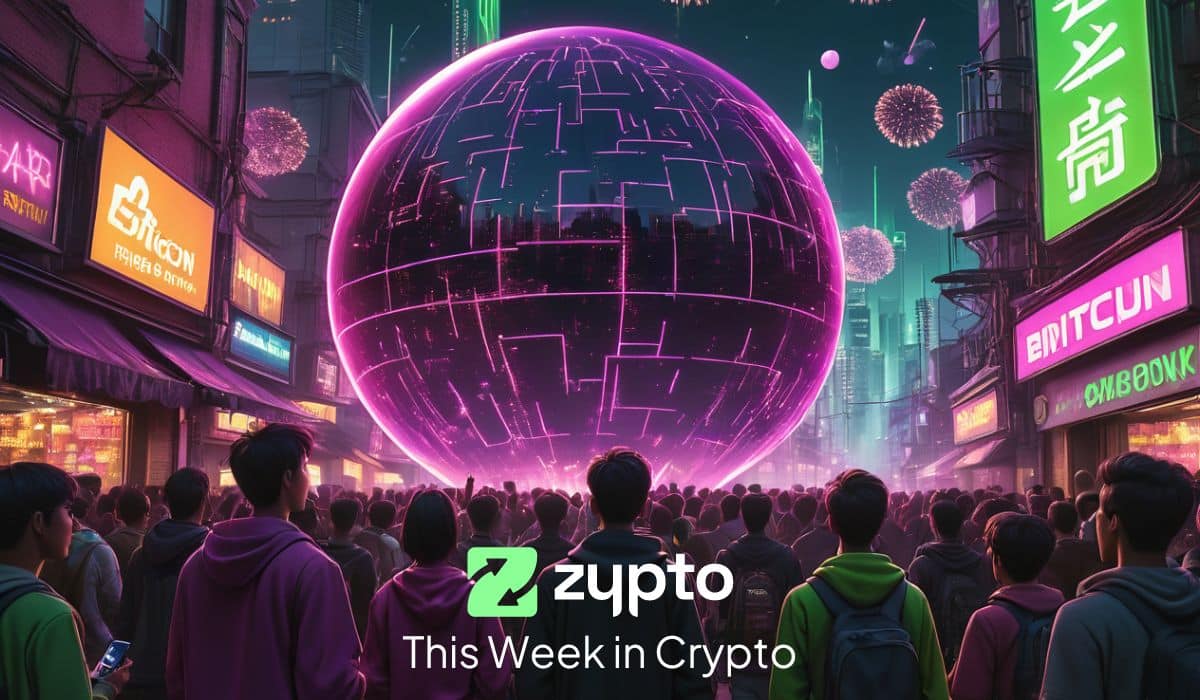





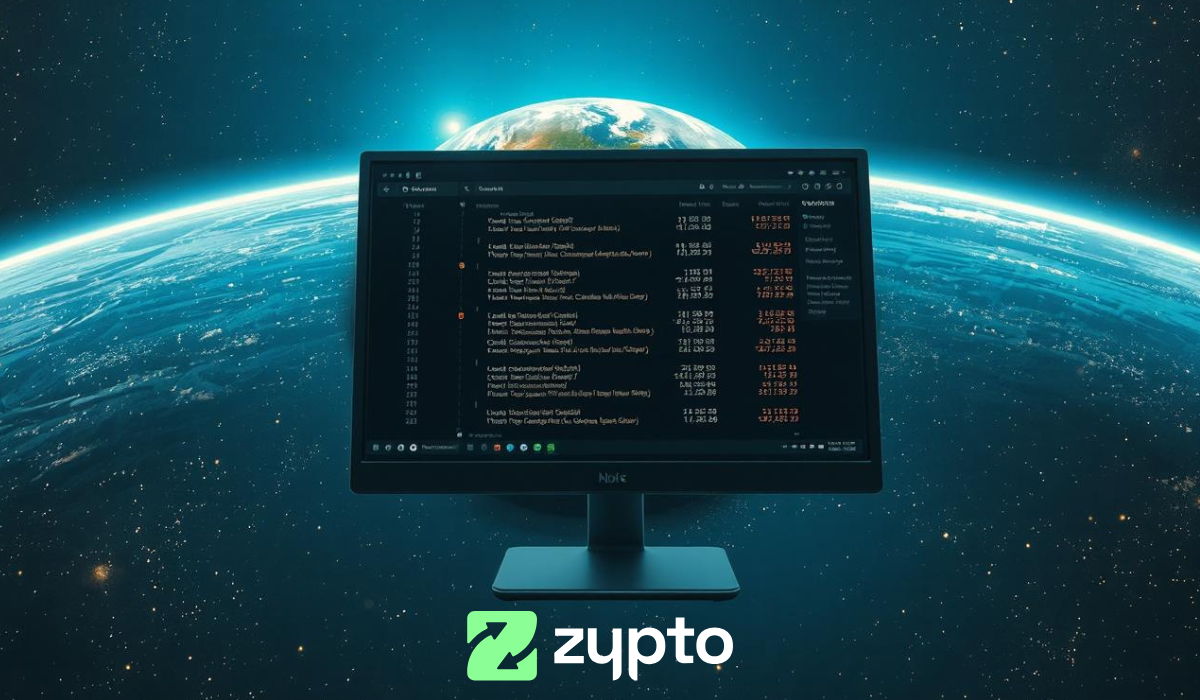

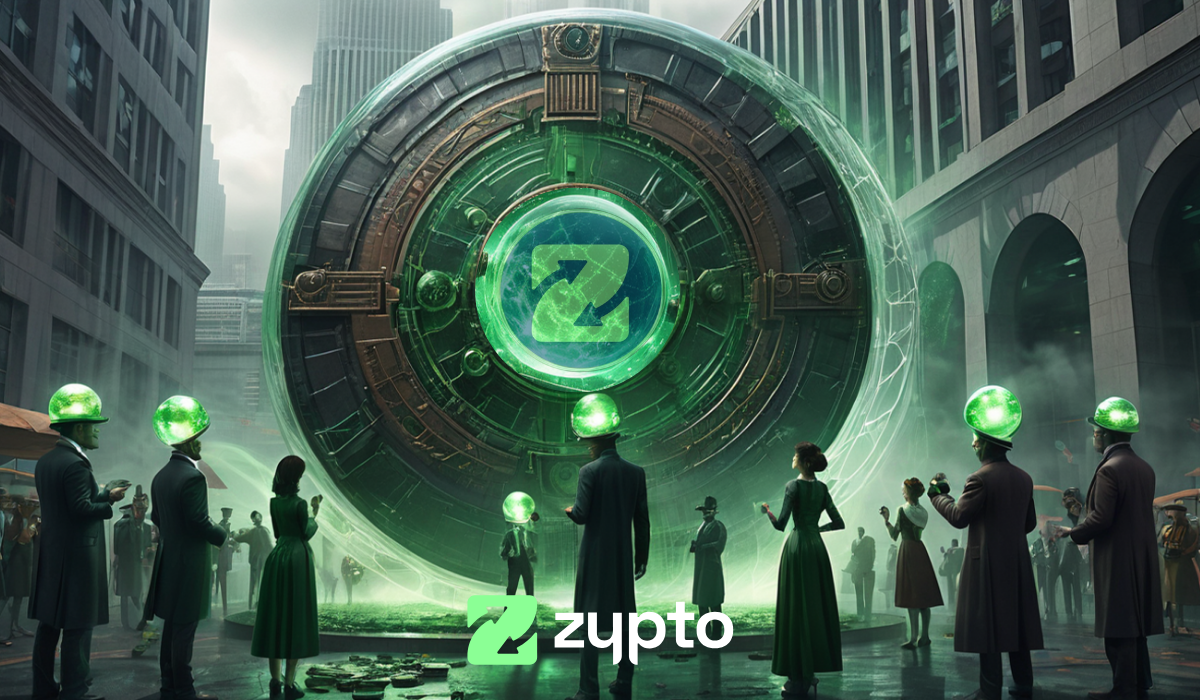





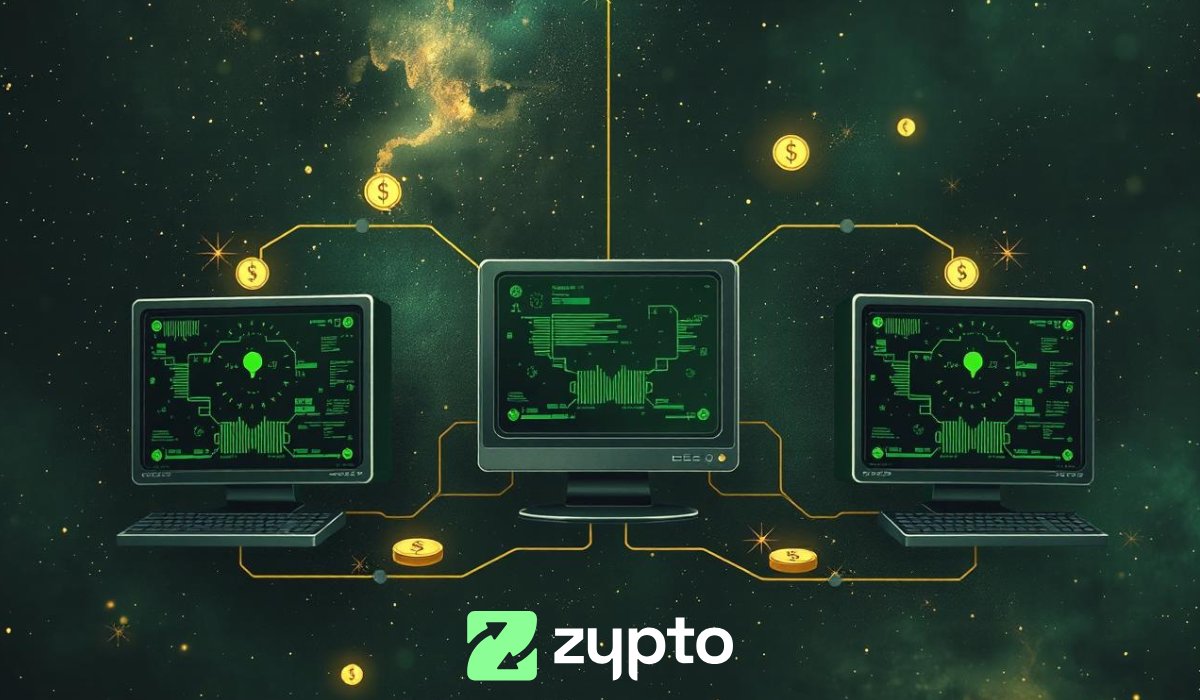
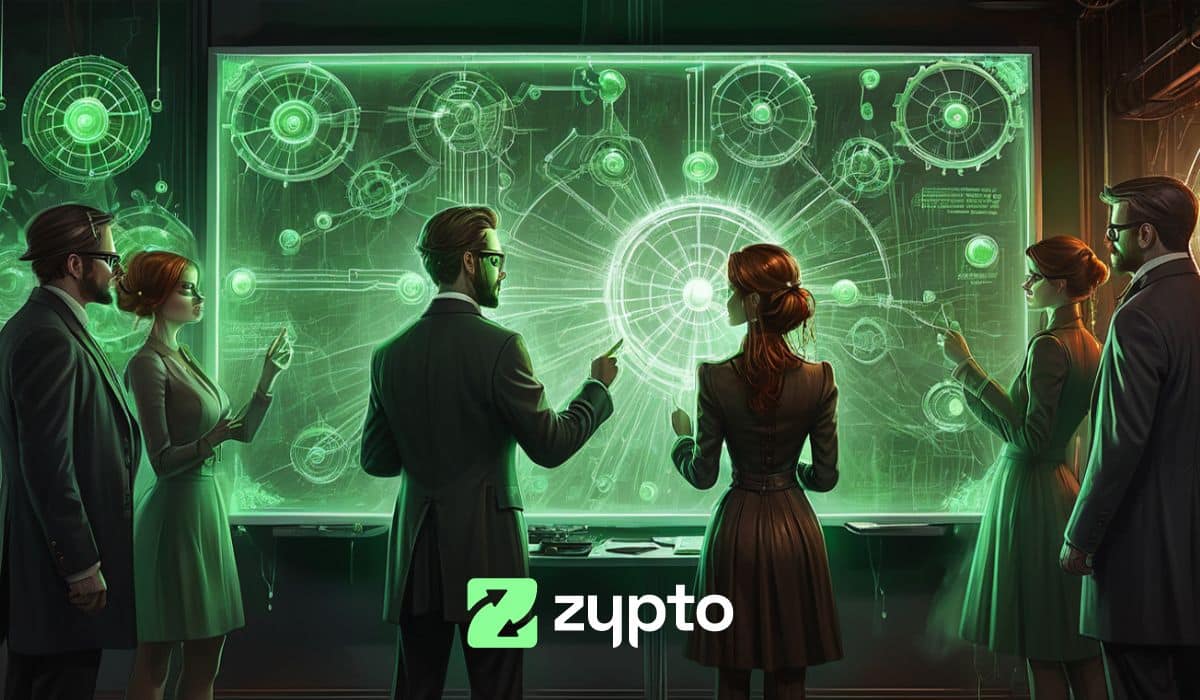

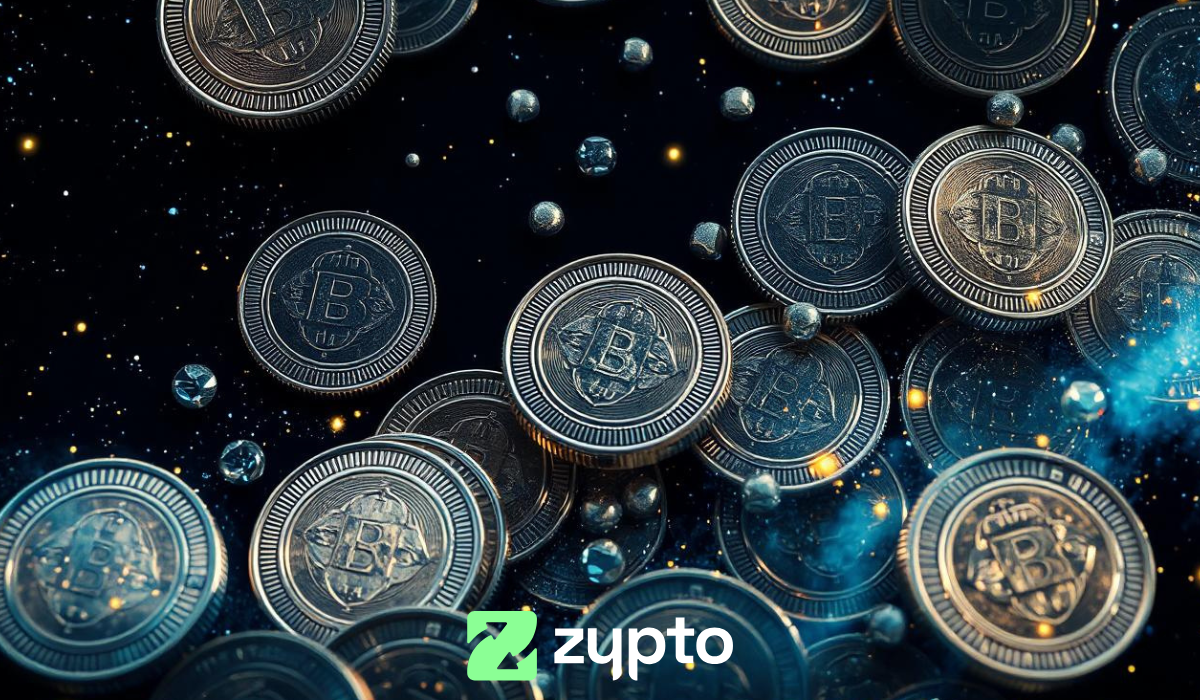

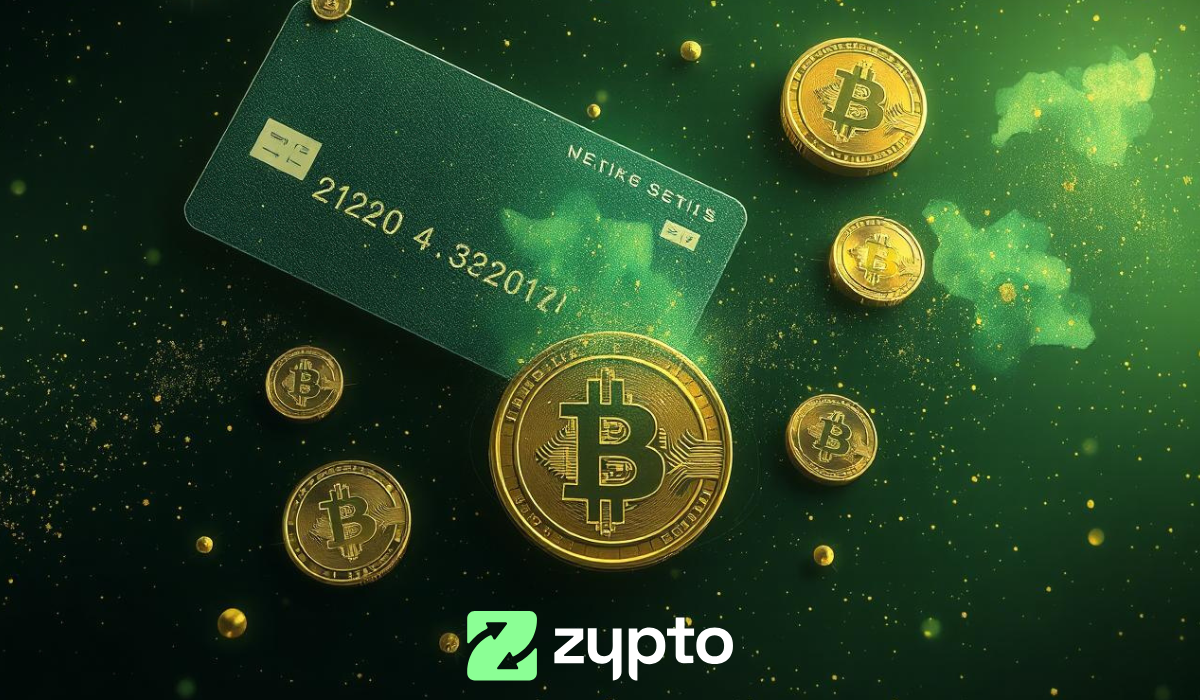


Wonderful blog post. Super informative!
We’re very glad you enjoyed it. There’ll be plenty more coming soon!
I appreciate the update.
Yet Again
Fleming does a fantastic job of keeping readers informed and up-to-date with the latest developments in the cryptocurrency space.
For those interested in staying informed about the crypto world, this blog post is a must-read. It offers a quick and informative overview of the latest happenings, allowing readers to stay in the loop and make informed decisions.🔥🔥🔥
Exciting and insightful update on the latest in the crypto world! The milestones achieved by Bitcoin and the intriguing activity with Satoshi-era BTC wallet certainly caught my attention. However, the concerns raised by Visa’s research and regulatory challenges faced by Robinhood remind us of the importance of staying informed and vigilant in the crypto space. Looking forward to more updates!
Another good insight from Zypto Team😊
It is an excellent Idea, to establish Zypto.com and its Blog as a wholistic Information and News Portal – in one place with the most convinient and holistic Defi Payments Gateway ever.
ZYPTO is in my Opinion THE Top legit Utility Gem of 2024/25. I truly believe it will soon be a household name in Crypto – combining the widest range of Crypto Utility in one single place 💎
Great news blog once more. This is your stop to get the latest important news every week in crypto. If you missed something interesting you will find it here.
tldr;
In a dynamic week for the cryptocurrency market, Bitcoin reaches a significant milestone with over 1 billion transactions, marking a testament to its enduring relevance and adoption. Additionally, the awakening of a long-dormant BTC wallet from the Satoshi era stirs speculation within the crypto community, reigniting discussions about Satoshi Nakamoto’s identity and potential motives.
Meanwhile, Visa’s release of a stablecoin report underscores the increasing integration of traditional finance with blockchain technology. The report highlights the growing interest and involvement of traditional financial institutions in blockchain-based assets, further solidifying the mainstream acceptance of cryptocurrencies.This acknowledgment from Visa further validates the legitimacy and potential of viable alternatives to traditional fiat currencies, paving the way for broader adoption and innovation in the realm of digital finance.”
Furthermore, the article discusses updates in regulatory developments and market trends, providing insights into the evolving landscape of cryptocurrency regulations worldwide. These updates shed light on the regulatory challenges and opportunities faced by the industry, as governments strive to strike a balance between fostering innovation and protecting investors. Meanwhile, market trends offer valuable insights into investor sentiment and the trajectory of cryptocurrency prices, informing strategic decisions and investment strategies in the ever-changing crypto market environment
Great Blog guys, perfect for new starters and people looking into what Crypto is all about. Can’t wait for the app to be launched!
I look forward to easy transactions to convert all my other coins into Zypto with ease and high security. You guys are killing it!